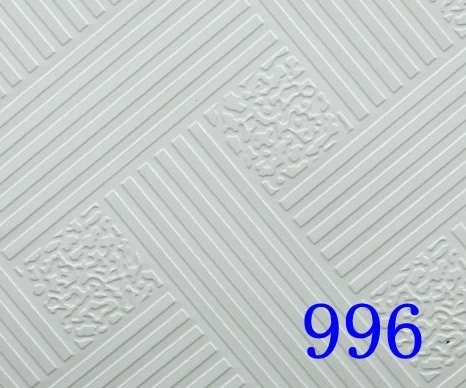Dec . 03, 2024 20:05 Back to list
Innovative Design Ideas for Cross Tee Ceiling Installations in Modern Spaces
The Cross Tee Ceiling An Essential Element in Modern Architecture
In the world of modern architecture and interior design, the concept of the ceiling is often overlooked. However, it plays a critical role in shaping the ambiance and functionality of a space. One innovative design feature that has gained significant popularity in commercial and residential buildings is the cross tee ceiling. This ceiling system not only enhances the aesthetic appeal of a room but also provides essential structural benefits.
Understanding Cross Tee Ceilings
A cross tee ceiling, commonly associated with suspended or drop ceilings, consists of a framework made from lightweight materials such as metal or vinyl. The system comprises main beams that run parallel to each other, with cross tees installed perpendicularly between them. This grid framework supports ceiling tiles or panels, allowing for easy modifications and access to the space above for electrical and plumbing needs.
One of the most notable advantages of cross tee ceilings is their versatility. They can be tailored to fit different room dimensions and design requirements. The modular nature of this ceiling system allows for endless customization options, including various textures, colors, and styles. This adaptability makes cross tee ceilings suitable for a wide range of environments, from corporate offices and retail spaces to educational institutions and healthcare facilities.
Benefits of Cross Tee Ceilings
1. Sound Absorption Cross tee ceilings can improve acoustics in a space significantly. By selecting appropriate ceiling tiles designed for sound absorption, architects can create quieter environments, making them ideal for conference rooms, classrooms, and libraries.
2. Concealed Infrastructure One of the most practical benefits of a cross tee ceiling is its ability to hide wiring, ductwork, and plumbing. This not only enhances the visual appeal of a space but also simplifies maintenance. Any necessary repairs or upgrades can be tackled without extensive renovation work, as tiles can be easily removed and reinstalled.
cross tee ceiling

3. Energy Efficiency A well-designed cross tee ceiling can contribute to energy efficiency. By incorporating insulation within the ceiling space, buildings can better regulate temperature, reducing heating and cooling costs. Moreover, these ceilings often have a reflective surface that helps distribute natural light throughout a space, further enhancing energy savings.
4. Aesthetics and Design Flexibility The ability to customize cross tee ceilings allows architects and interior designers to create visually striking environments. Different tile patterns, finishes, and colors can all be used to reinforce a specific theme or brand identity. Whether opting for sleek monochrome tiles or more intricate designs, the ceiling becomes a canvas for artistic expression.
5. Quick Installation and Maintenance Cross tee ceilings are relatively easy to install compared to traditional ceilings. The modular design means that workers can quickly assemble the framework and install tiles, resulting in reduced labor costs and less disruption to the building’s occupants.
Installation Considerations
While the benefits of cross tee ceilings are numerous, proper installation is critical to their performance. Engaging with experienced contractors ensures that the framework is secure and aligned correctly, which is essential for both functionality and aesthetics. Additionally, it's important to consider the weight and type of tiles used, as these factors can influence the ceiling's durability and sound performance.
Conclusion
In conclusion, cross tee ceilings are an integral component of modern architectural design. Their multifunctional nature, combining structural support with aesthetic versatility, makes them a favorite among architects and builders. From enhancing acoustic quality to concealing essential infrastructure, cross tee ceilings provide a practical and visually appealing solution for a variety of spaces. As we move towards more innovative and sustainable building practices, the importance of such design elements will only continue to grow, solidifying the cross tee ceiling’s place in contemporary architecture.
-
Durable Ceiling T Grid Systems | Easy InstallationNewsAug.29,2025
-
PVC Gypsum Ceiling: Durable, Laminated Tiles for Modern SpacesNewsAug.28,2025
-
Pvc Gypsum Ceiling Is DurableNewsAug.21,2025
-
Mineral Fiber Board Is DurableNewsAug.21,2025
-
Ceiling Tile Clip Reusable DesignNewsAug.21,2025
-
Ceiling T Grid Modular DesignNewsAug.21,2025







